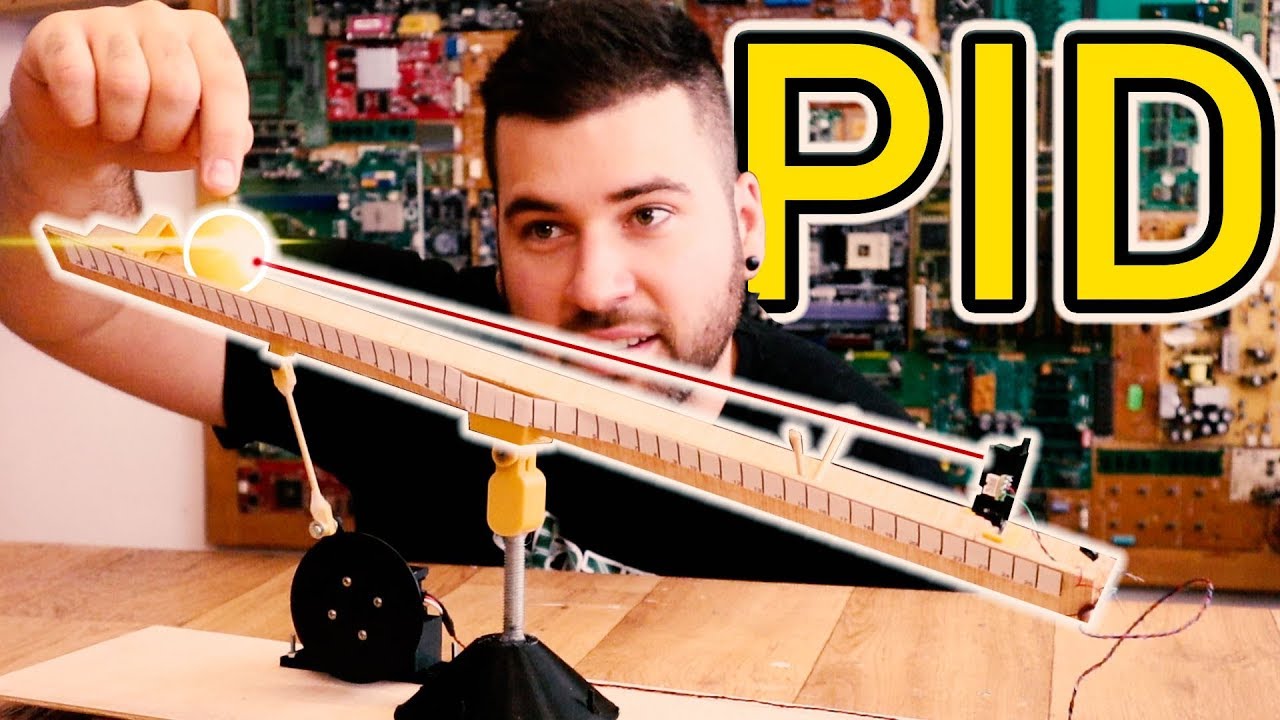I’m also working as control software engineer mainly for process industry.
PI/PID is not always always the best solution, but this is frequently the one with the best performance with limited complexity.
To improve the PID behavior, they are some tricks to be used :
Performant measurement : A PID control relies heavily on the measurement, especially when the derivative action is used. This link explains it quite well:
https://controlguru.com/measurement-noise-degrades-derivative-action/
Thats also why the derivative term is not used so often in process industry.
I see promising work in progress on other topics of the forum 
Search for linearity between control and error : You should have quite linear reaction from controller output through the practical use range of the controller. If you have not something quite linear, your parameter choice will be more complicated and will use compromise to fit all the range at best.
For example : Calculation before the PID on measurement or after the controller can make the controller action more linear.
This allows the controller to compare apple vs apple.
Probably already done in the in AOG software to give a correct angle (i did not check this)
Use of cascade controller : the use of cascade controller is way to improve controller lineary and to reject fast disturbance with a faster controller when the final controller is quite slow (because his process is slow). This not always necessary or doable. We usually need the fast controller to be faster than the slow one. The more difference in speed the more gain.
This is already done in the steering wheel - wheel angle controller and this seems to work very well according to user comments.
The slow final process is the GPS position measurement that gives angle setpoint to the fast angle controller.
Limit dead time : In a pid controller, we need to limit any dead time (relative to the process reaction time). A bigger dead time leads to less aggressive control and slower stable response.
When this is done, the PID controller is usually very good at rejecting random disturbances against simplier control methods.
In this case I had to throttle the update speed, because heat transferred to water and then transferred to radiant heat is slow by nature. So sometimes PID calculation speed has to be matched to the process.
I don’t agree with this one. You can always control a slow process with a very fast calculation interval without any problem. It’s only a waste of computing resources.
You can search for fast (but approximate) perturbation rejection (with P action) thus need fast calculation interval and have a slow process that needs long time to settle (so long integration time and slow integration). Your integral action calculation should take into account the calculation interval. A change in calculation interval should not have any impact on your control parameter (if your calculation interval is fast enough, at least 10 times faster than your process and constant).
